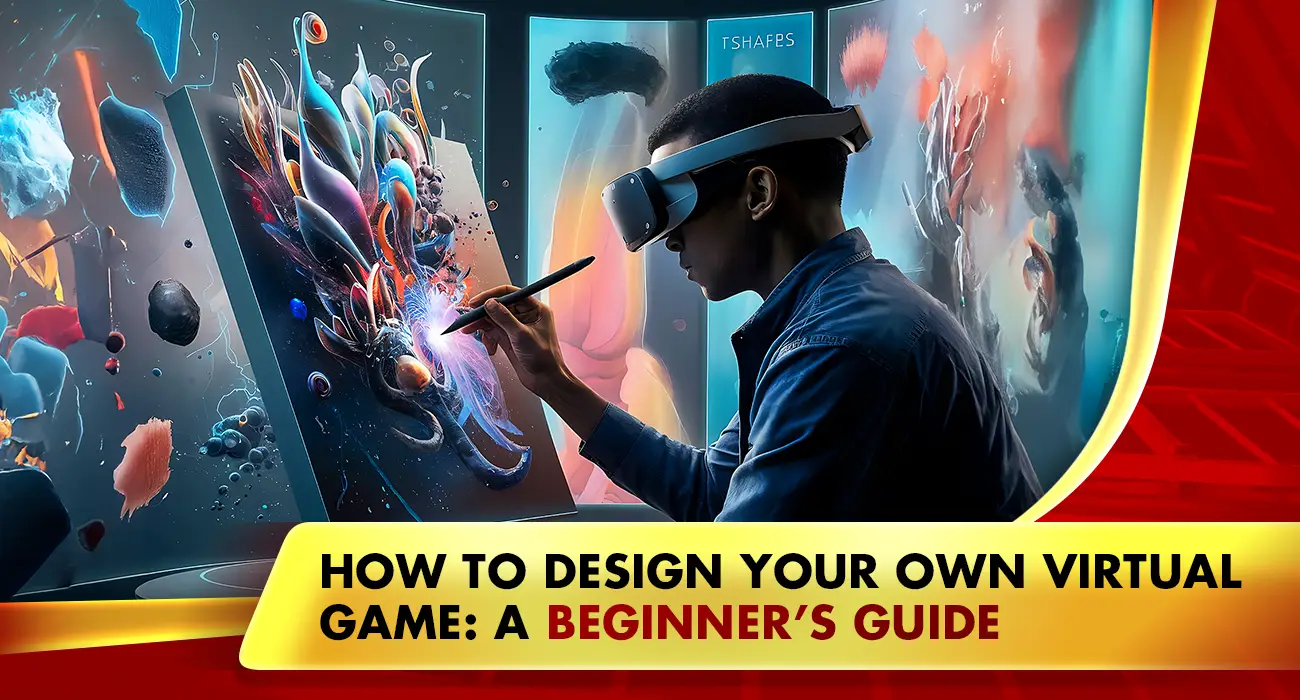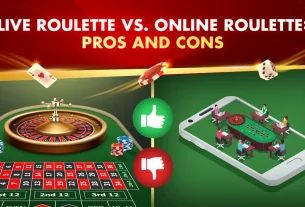Develop your own virtual games —an exciting adventure. Making a virtual game is relatively easy nowadays for any interested person developing games or an enthusiastic gamer. From ideation to implementation, this beginner’s tutorial will lead you through every important stage of game creation.
Start With a Concept
Central concept – brainstorming of the pre-creation process. The genre of the game could be adventure, puzzle, RPG, or platformer. Consider what themes and styles you are attracted to, along with your target market: a specific age range, casual, or competitive players. For that brilliant game idea, outline a few core gameplay elements and plot. Think about the game’s central idea, the hurdles players must navigate, and what makes your game unique compared to others, similar to how players seek Coin master free spins for an edge. This approach will help you create a solid foundation for further development by supporting the visualization of the game world, characters, and gameplay.
Create a Game Design Document (GDD)
The fundamental core of your game is your Game Design Document, which explains the features, mechanics, and the concept itself. This also spells out the storyline of the game, the basics of movement, combat, and control, and an overview of level design, which outlines the levels and the environment. Character design details the game characters with roles and talents. The UI section describes the functionality of menus, settings, and in-game heads-up display (HUD). A defined GDD enables a streamlined, integrated development process to the advantage of all team members.
Choose the Right Game Development Platform
For a beginner, selecting the right game development platform is important. Unity is one of the most popular and versatile platforms and very well-suited for 2D/3D game development with great community support. Though Unreal Engine does quite well in terms of graphics, it may be too time-consuming to get familiar with it. The interface in GameMaker Studio can be used with drag and drop, making it perfect for 2D games. The open-source Godot engine supports 2D and 3D creation, making it approachable for beginners, too. Each platform has pros and cons, so choose the one that suits your skill and the needs of your game.
Learn Fundamentals Game Development
Although many game engines are drag-and-drop, you can do much more and have greater flexibility in design if you know the fundamental aspects of programming. Other, more frequently used languages like C# for Unity and Blueprints for Unreal Engine exist. Of course, more important are some overarching game development concepts like character or animation movement to produce that fluid feel of the game, collision detection so that characters and their environments do at least something together, and game physics to describe how objects behave. An explosion of online tutorials, courses, and community resources will help guide you through this process.
Design the Game Art
Both options make the visual appeal even more fascinating, as you would be allowed to use prepared components that exist in marketplaces, like Unity Asset Store or Itch.io. You can also develop your 2D or 3D art assets using programs like Photoshop, Blender, or Procreate. Consider working with an artist if you’re not good at drawing graphics to help your game come to life with colorful, captivating images.
Playtest Your Game
Playtesting your game is essential once you have a functioning version. This is where you find game imbalances, bugs, and glitches. Include other players in the testing process to get unbiased feedback. Some areas of your game may be too easy or difficult, specific features you may have built may not work as conceived, and so on. The right improvements in playtesting your game can ensure the player experience is seamless and enjoyable.
Publish and Promote Your Game
Now is the time to let everyone see your solid, game-tightened game. Your game can be released from indie game development to an audience worldwide through channels like itch.io, Google Play, Apple App Store, and Steam. Marketing your game is far more critical than developing it. Use YouTube, gaming forums, and other social media communications to build anticipation for when your game might be released. Giving players any demo version early helps attract them to your game and excites them about the eventual release, especially for those looking for virtual games for office use.
Developing a video game is an enjoyable yet challenging activity. You can materialize your concept by developing a solid one, creating a comprehensive Game Design Document, choosing the most appropriate platform, mastering the fundamentals, and doing thorough playtesting. Creativity and patience are two significant criteria, like developing something as big as a grand role-playing game or as small as a mobile app. So go ahead and start designing your game today! Find out more on Khelraja. Com is the best gaming website for that much-needed inspiration.
Also read: Top Virtual Games for Beginners: Where to Start with Virtual Reality






